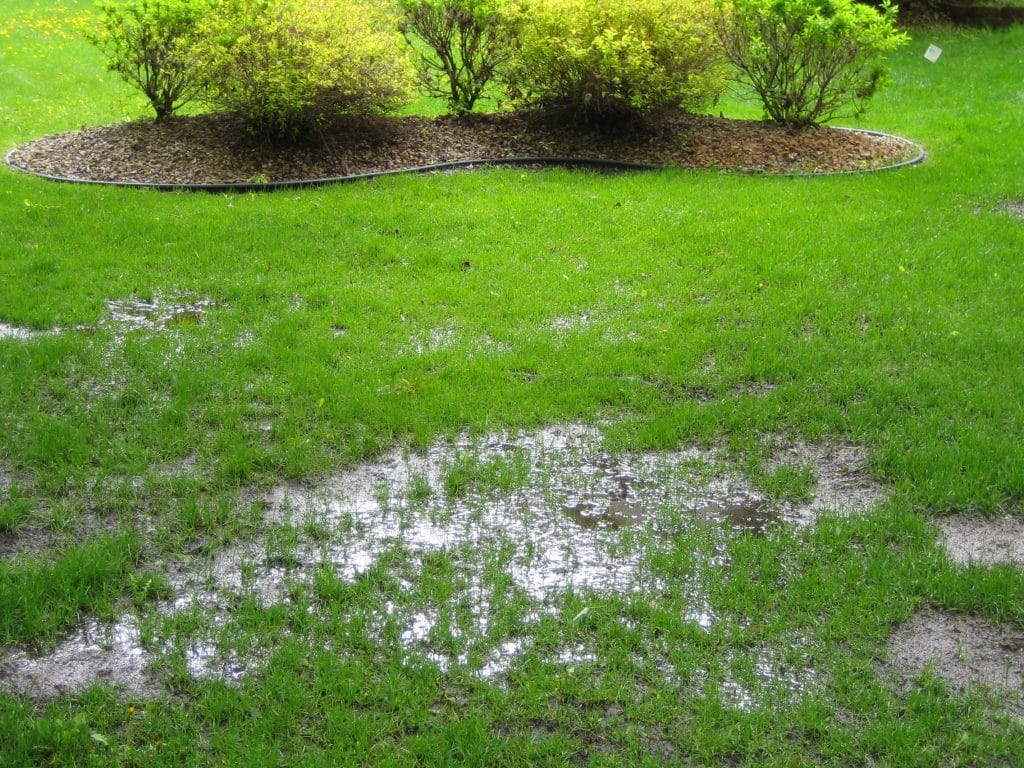
As you may already know, the sand mound is a type of wastewater treatment system designed and installed for a home built on a property with a high water table and with a soil type that could only accommodate a sand mound. This is usually a weird option for someone who has always been used to having a septic system underground.
The sand mound is literally a mound. It is elevated and exposed to the elements such as rain, heat, and cold. A wastewater treatment system’s temperature has to be maintained. It is normally warm in a septic system because of the continuous metabolism of the resident bacteria. They continuously digest and this produces heat. The heat keeps the system going. A sand mound’s heat is kept in with the use of a construction fabric. As a homeowner, you have to regularly check the construction fabric especially before winter comes. If the construction fabric is not replaced by then, the entire system freezes and fails.
If the sand mound doesn’t take in or hold water, then it is highly probable that the system is already malfunctioning or failing. This problem is usually brought out by heavy rains. During a heavy outpour, the sand mound takes in a drastically high amount of water. The system is overwhelmed and could not function normally anymore. The sewage goes back into the house and onto the yard.
But the problem is already brewing even before the heavy rains. Sand mound not taking or holding water is a good sign the system is failing of in need of repair. It is already a given that members of the household do not use the sinks, toilets, and drains properly; use harsh chemicals or antibacterial cleaners; dump non-biodegradable materials into the system; run over the sand mound area with their vehicles; perform construction over the sand mound; plant hardwood plants or trees near or on the sand mound; and have the rain gutter drain over the sand mound.
It is also one common mistake for the homeowner not to adhere to the pump out schedule set with the septic expert. Pump outs performed on the sand mound tank is needed to keep the sludge level at a normal level. The sludge could easily get dispersed into the filter and soil absorption systems. When this happens, the phases of wastewater treatment are not finished. The resident bacteria could also die off because of the household cleaners used. This disables the ability of the sand mound to function. As a result, the sludge level increases. Pump outs are needed to eliminate excessive sludge accumulation. If you take the time and effort to schedule a regular pump out treatment with your septic expert, then your sand mound will take in water better.
Another method of maintenance that homeowners do not consider is the raised mound treatment offered by the septic expert. These treatments are done to help the sand mound system perform better. Some experts say that these treatments, specifically enzyme treatments, are not necessary. They say that human waste is enough to make the sand mound efficient. But as a homeowner, it is really up to you if you want to use sand mound treatments. What’s important is that you coordinate well with your septic expert to be properly guided with every treatment schedule.
It is a health hazard when the sand mound is not taking in or holding water. You will be exposed to raw sewage and sand mound odors. The surrounding environment is also contaminated. If you want to have a long-lasting sand mound system and a safe living environment, do your responsibilities to your sand mound. You will inevitably reap the benefits.
